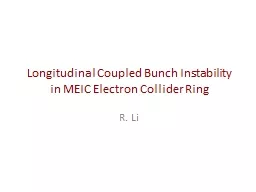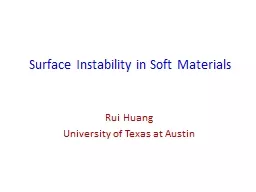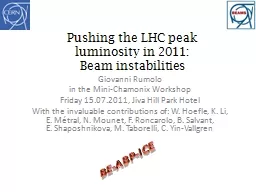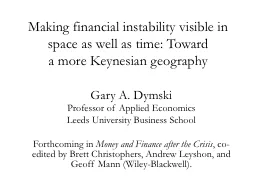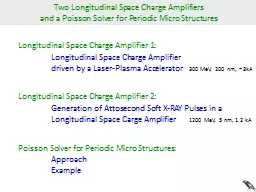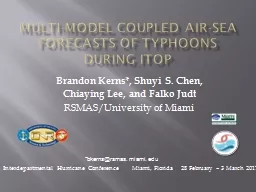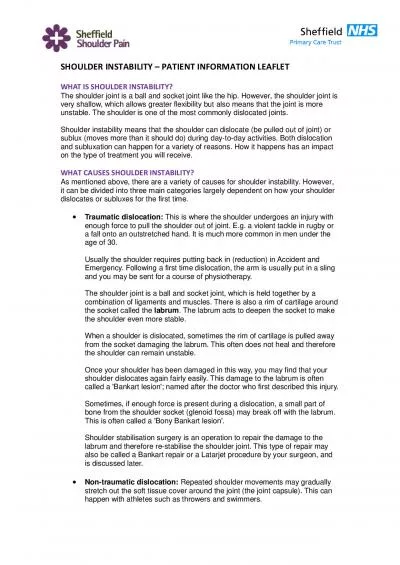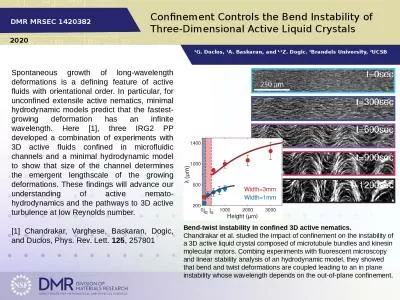PPT-Longitudinal Coupled Bunch Instability
Author : ellena-manuel | Published Date : 2019-11-21
Longitudinal Coupled Bunch Instability in MEIC Electron Collider Ring R Li Outline Motivation Mechanism of LCBI Experimental Observations Suppression Schemes PEPII
Presentation Embed Code
Download Presentation
Download Presentation The PPT/PDF document "Longitudinal Coupled Bunch Instability" is the property of its rightful owner. Permission is granted to download and print the materials on this website for personal, non-commercial use only, and to display it on your personal computer provided you do not modify the materials and that you retain all copyright notices contained in the materials. By downloading content from our website, you accept the terms of this agreement.
Longitudinal Coupled Bunch Instability: Transcript
Download Rules Of Document
"Longitudinal Coupled Bunch Instability"The content belongs to its owner. You may download and print it for personal use, without modification, and keep all copyright notices. By downloading, you agree to these terms.
Related Documents

